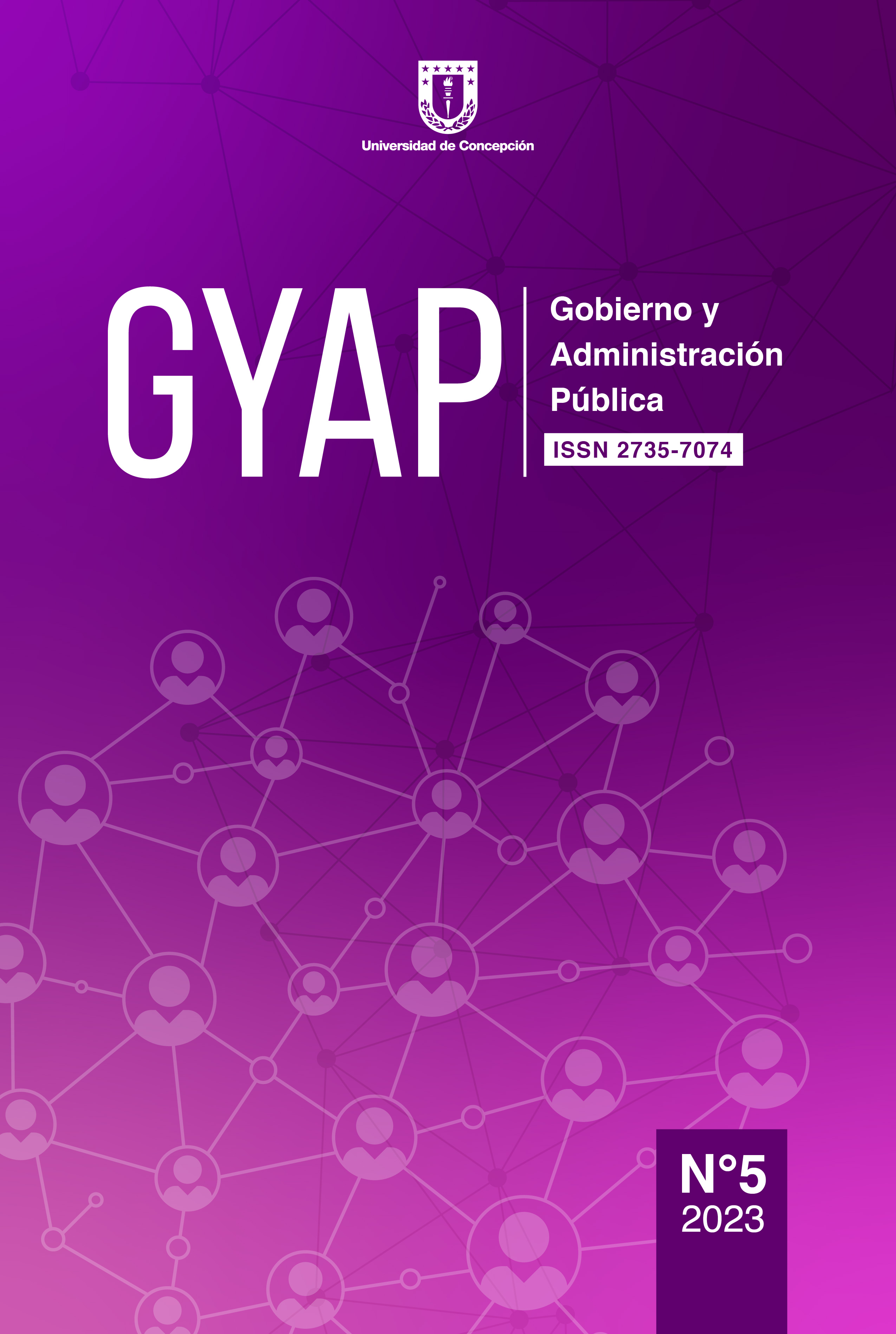PRESUPUESTOS PARTICIPATIVOS INFANTILES. EL CASO DE SAN PEDRO DE LA PAZ.
DOI:
https://doi.org/10.29393/GP5-4PPAM20004Palabras clave:
Participación Ciudadana, Presupuestos Participativos, InfanciaResumen
Sobre participación ciudadana, existen muchas experiencias de implementación de diversos mecanismos, sin embargo, no siempre se considera en estos espacios a ciudadanos y ciudadanas que aún se encuentran en etapa de formación. En este sentido, esta propuesta se centra en el caso de la Municipalidad de San Pedro de la Paz, que el año 2017 suma a los presupuestos participativos que se venía implementando desde el año 2009, a uno dirigido a niños y niñas de entre 6 y 13 años dándoles el espacio a participan y deliberan para decidir el destino de los recursos dispuestos para ellos en beneficio de ellos. Este trabajo presenta la experiencia identificando debilidad y fortalezas del proceso en su relación con la participación ciudadana, utilizando para ello, entrevistas e informes solicitados mediante transparencia. Luego de realizado el estudio, se desprende que, por una parte, se reconoce la importancia de considerar a niños y niñas, en decisiones públicas, pero que el proceso en sí, no garantiza que, en la decisión final, se esté considerado el interés público, elemento clave en la participación ciudadana.
Descargas
Publicado
Versiones
- 2023-08-27 (2)
- 2023-08-25 (1)
Cómo citar
Número
Sección
Derechos de autor 2023 Javier Almendra, Waleska Shumacher Aravena

Esta obra está bajo una licencia internacional Creative Commons Atribución 4.0.













